The artistry of Ricardo Bofill’s romantic architecture showcased in new book
A new book titled Ricardo Bofill: Visions of Architecture published by Gestalten highlights in technicolour the Spanish architect’s greatest hits
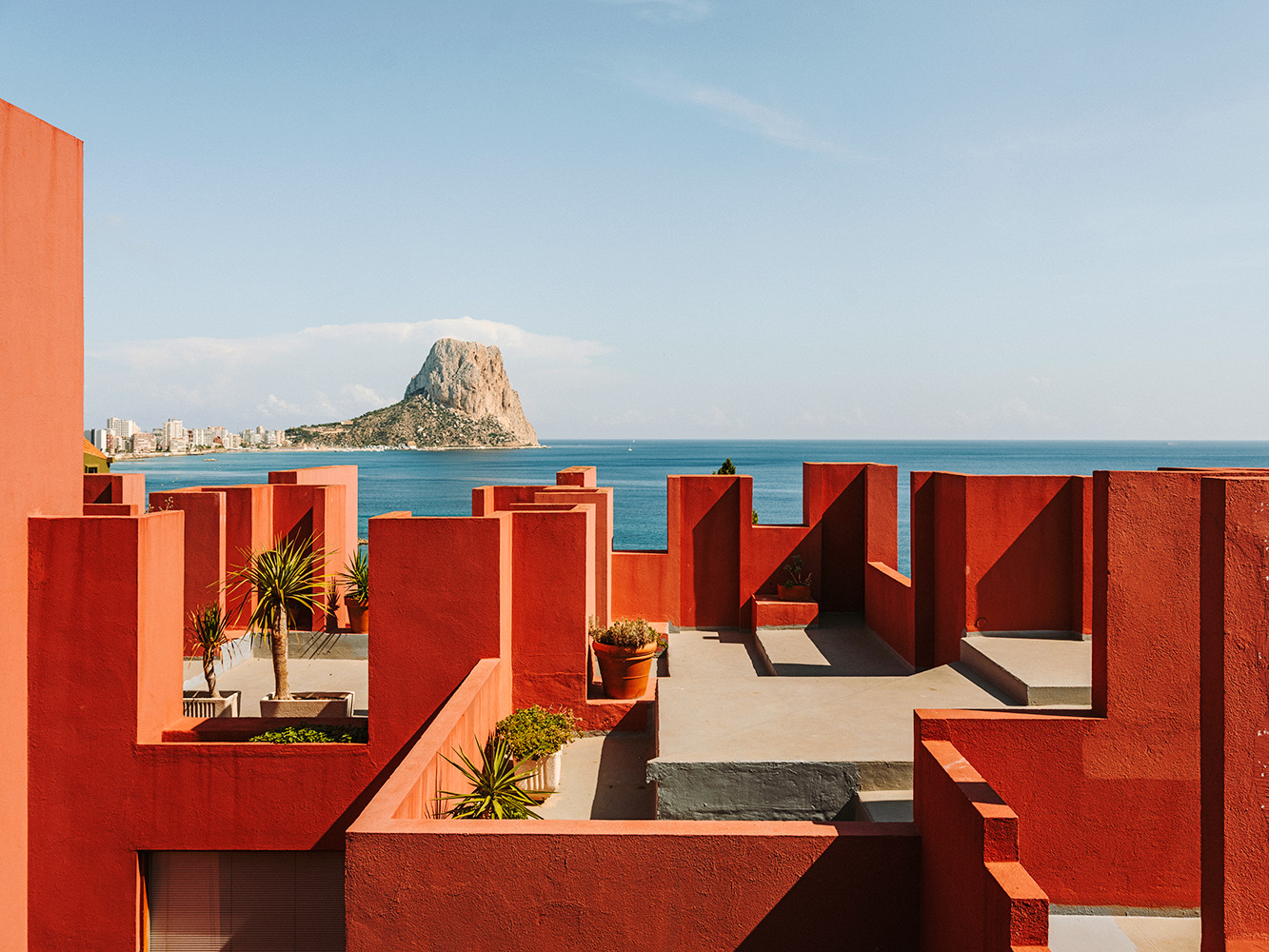
For many people, the Spanish architect Ricardo Bofill is best known for two things; the expansive neoclassic housing estate, Les Espaces d'Abraxas, at the new town of Marne-la-Vallée, east of Paris, and La Fábrica, the monumental former concrete factory in Barcelona that is home to the Bofill family and the Ricardo Bofill Taller de Arquitectura. They represent the two sides of Bofill’s 56-year career, united by a common interest in gravitas and scale, memory and patina, but starkly different in their critical reception and everyday use.
Ricardo Bofill: Visions of Architecture is a typically grandiose presentation of the studio’s greatest hits. ‘Visions’ is the right word, for perhaps more than any other architect of his generation, Bofill believes in the power of composition. As evidenced by the impressive photography throughout, each and every view is a carefully arranged tableau of form and colour; the architect’s vision is total.
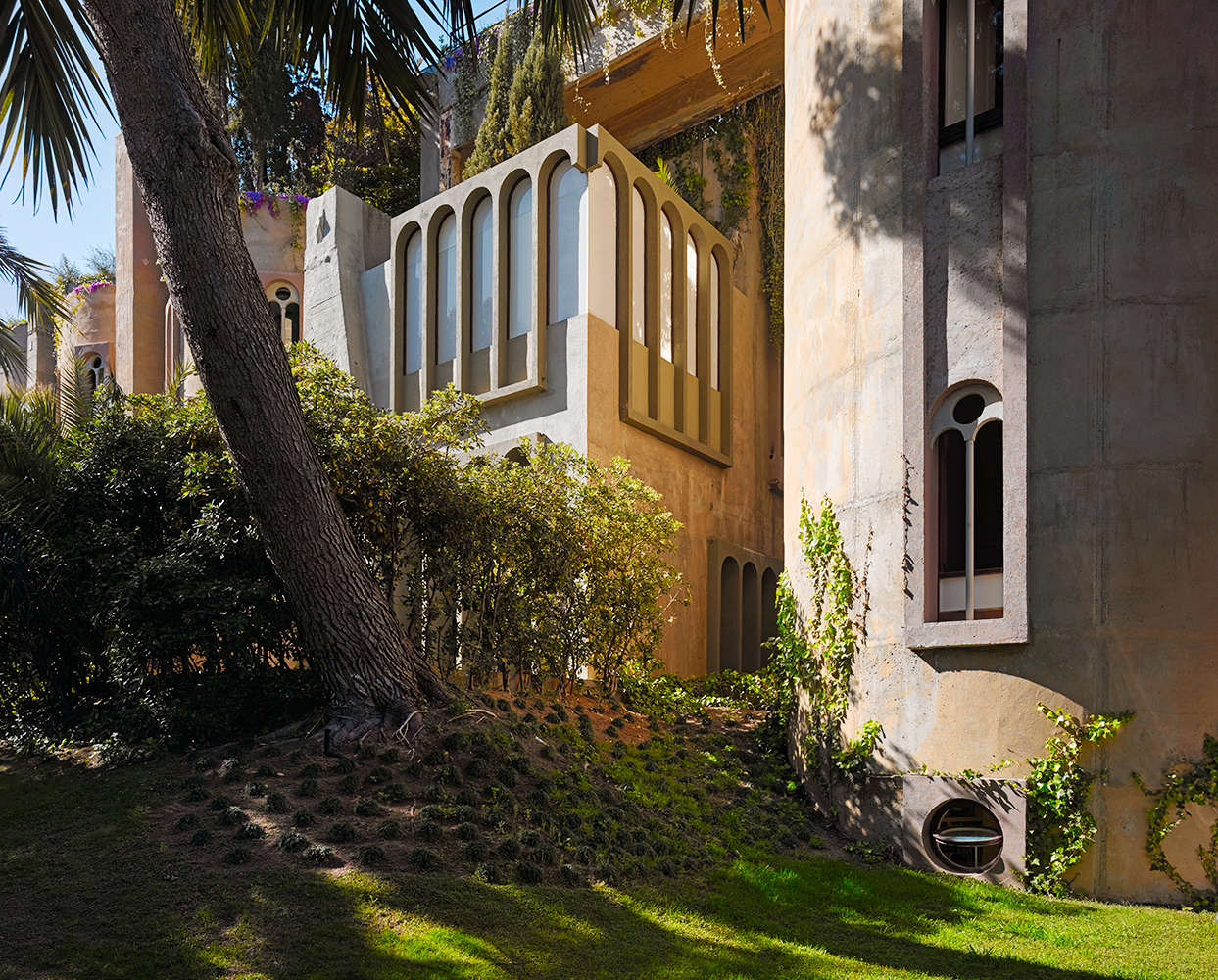
La Fábrica, an abandoned concrete factory on the outskirts of Barcelona became a career-defining manifesto for Bofill and a home for his studio and family.
The essays that preface the book give some clue as to the lofty ideals floating around the Taller de Arquitectura: ‘Towards a Manifesto of Freedom,’ ‘The Last Dreamers of Modernity,’ ‘Dreams and Manifestos: An Architectural Vision’. And it’s true that the works within offer up a rosy utopia of sharp-edged forms and crisply delineated shadows, of bold Mediterranean colours, verdant balconies and sun-drenched terraces.
Ricardo Bofill’s talents lie in composition and the creation of memory
Bofill is a romantic, and his work channels the mystic geometry of Giorgio de Chirico, the bright palette of Luis Barragán and the carefully controlled perspectives of Piranesi. Ultimately, however, the artist at work is Bofill himself.
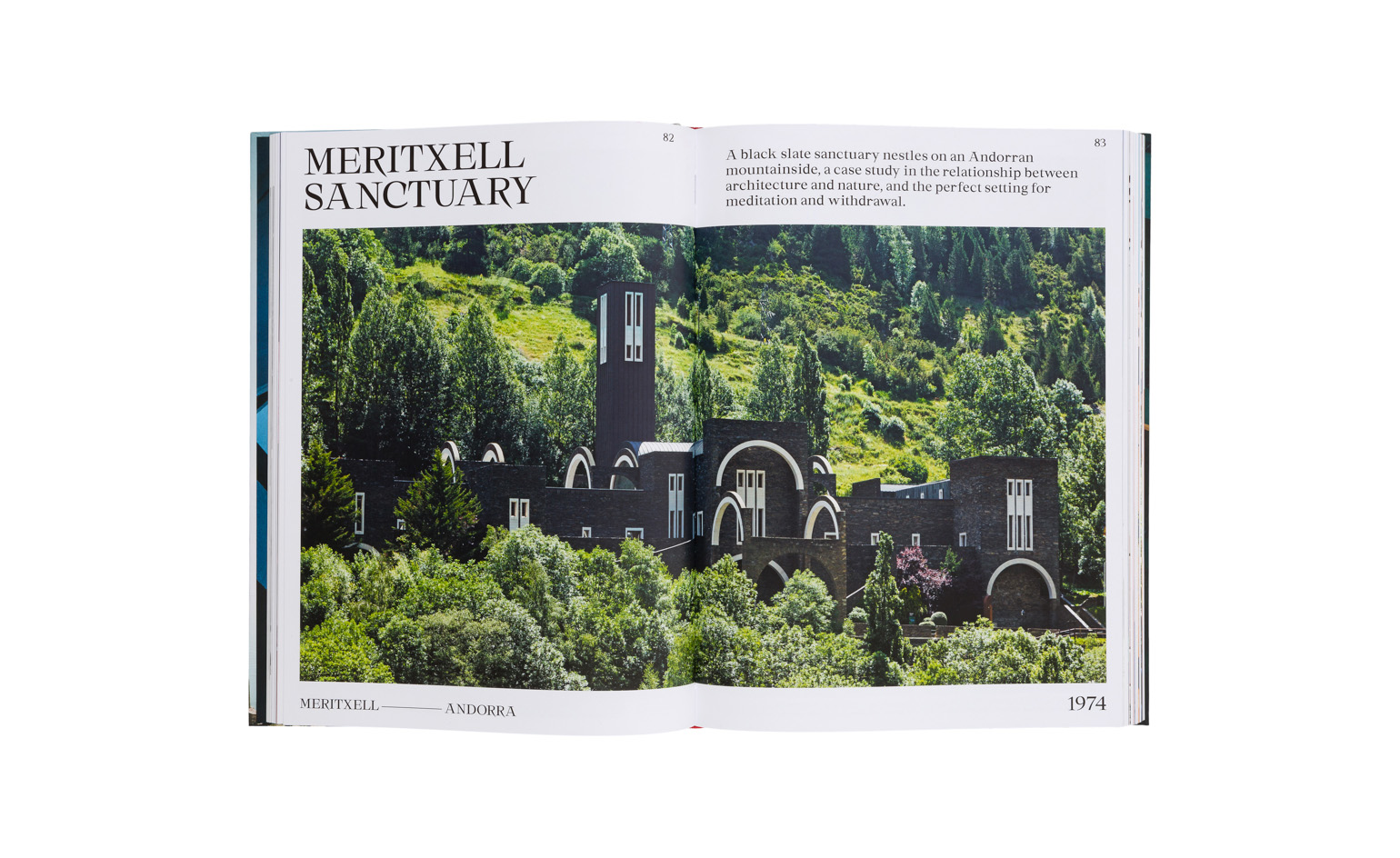
A double page spread from the book published by Gestalten.
The warmth and complexity of the studio’s 1960s-era Barcelona apartments have a credible claim to being the true heirs to the exuberance of the original Modernista buildings. However, there’s something more prescriptive and confining about the work that followed in the 1970s and 80s, especially the over-scaled housing blocks that tend to crush human scale beneath their inflated classical detailing. The use of space is also suspect – masses for him and his family, but tiny apartments for everyone else not fortunate enough to live in the penthouse level or acquire a disused cement factory.
Admittedly the studio places much more emphasis on communal space, with courtyards and terraces sprawling over many levels to better serve up those delectable views. It’s an approach that works far better in sunny Barcelona than wind-swept Parisian suburbs.
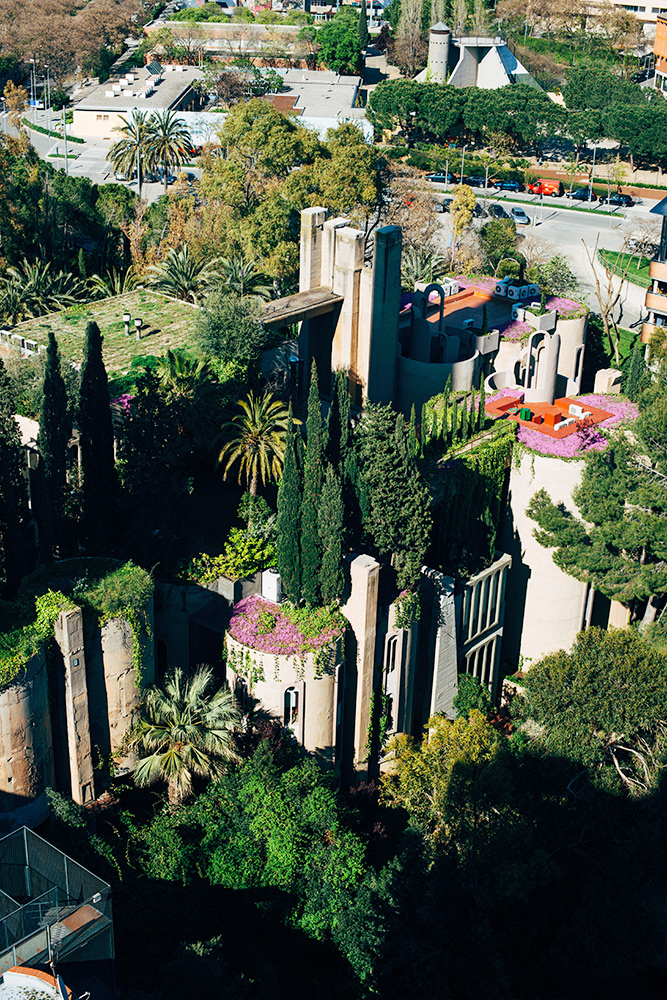
Ruins were inspirational to Bofill in his conception of what La Fábrica would become over time.
Bofill will be 80 this year and recent works from the Taller have sailed ever closer to the ubiquitous high-tech that defines almost every modern airport, HQ or stadium. Even in Bofill’s talented hands, glass and steel can’t acquire the gravitas he gives to render, stone and concrete.
In particular, the strong vernacular influences – classical, Moorish, and Mediterranean – that permeate Bofill’s best known buildings struggle to find traction in these corporate monoliths. There is flexibility and variety here, to be sure, but ultimately Ricardo Bofill’s talents lie in composition and the creation of memory, two elements that are well portrayed in this handsome volume.
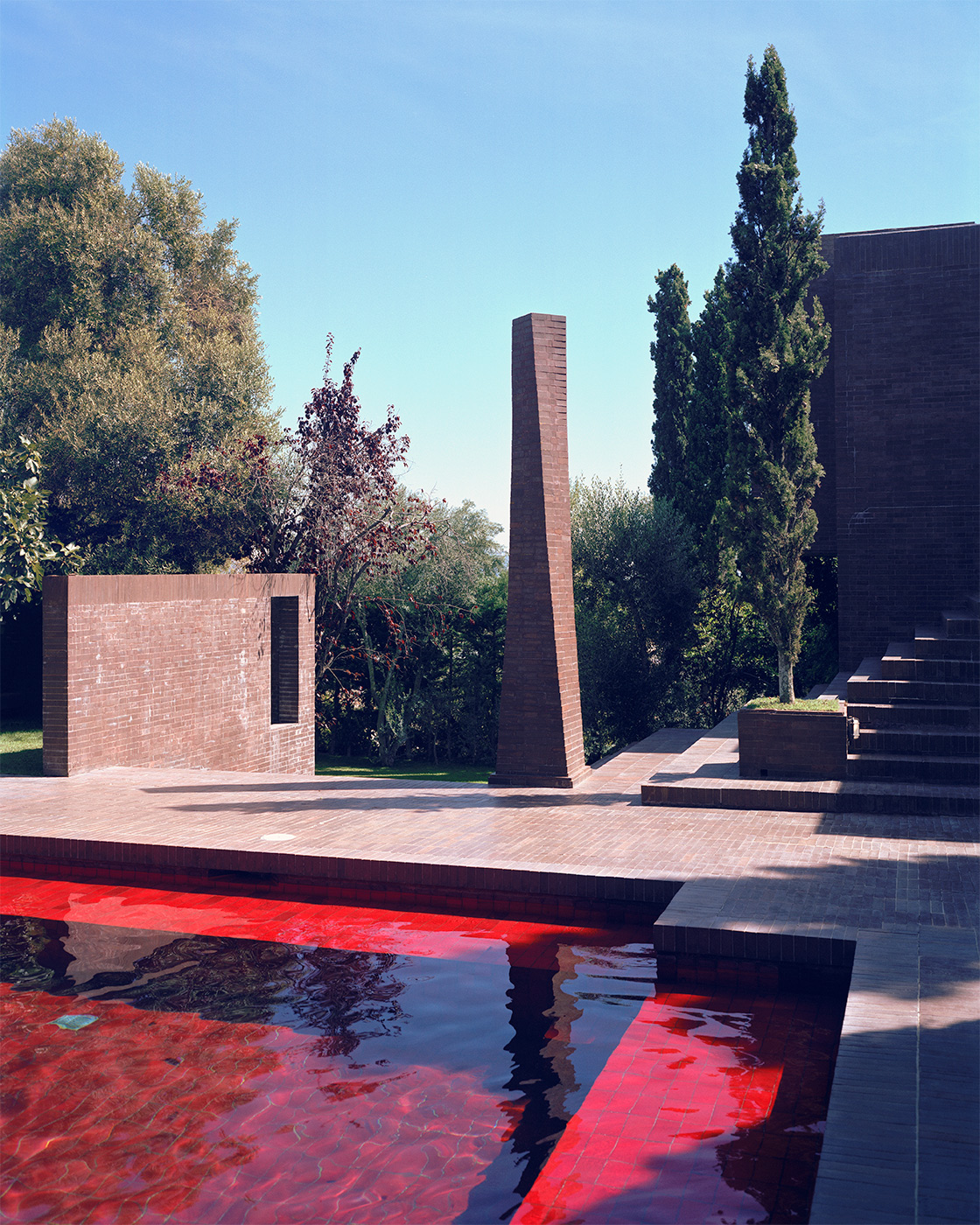
Casa de Verano; a summerhouse for Bofill’s parents and extended family that shows a translation of the architect's radical vision of urban planning at the domestic scale.
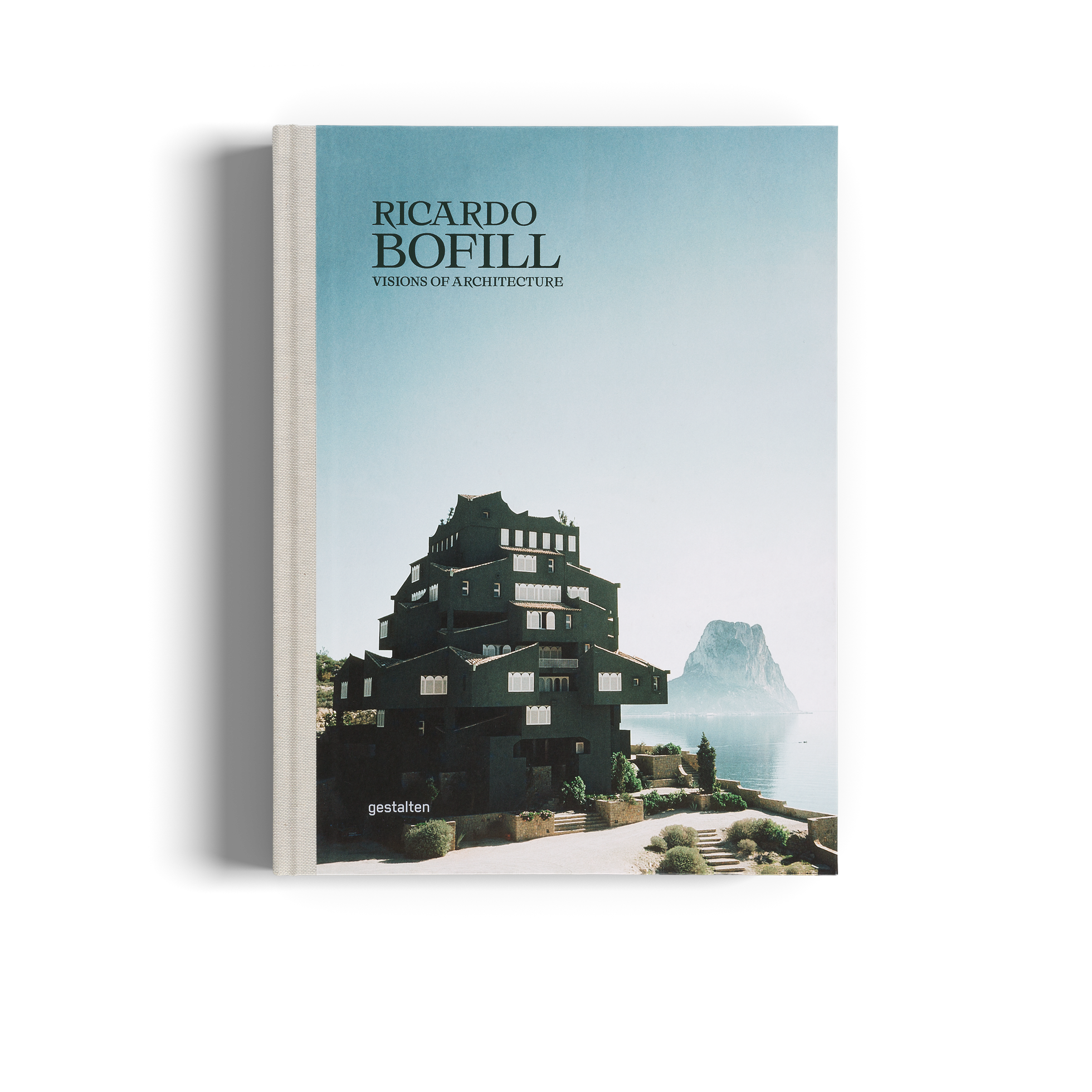
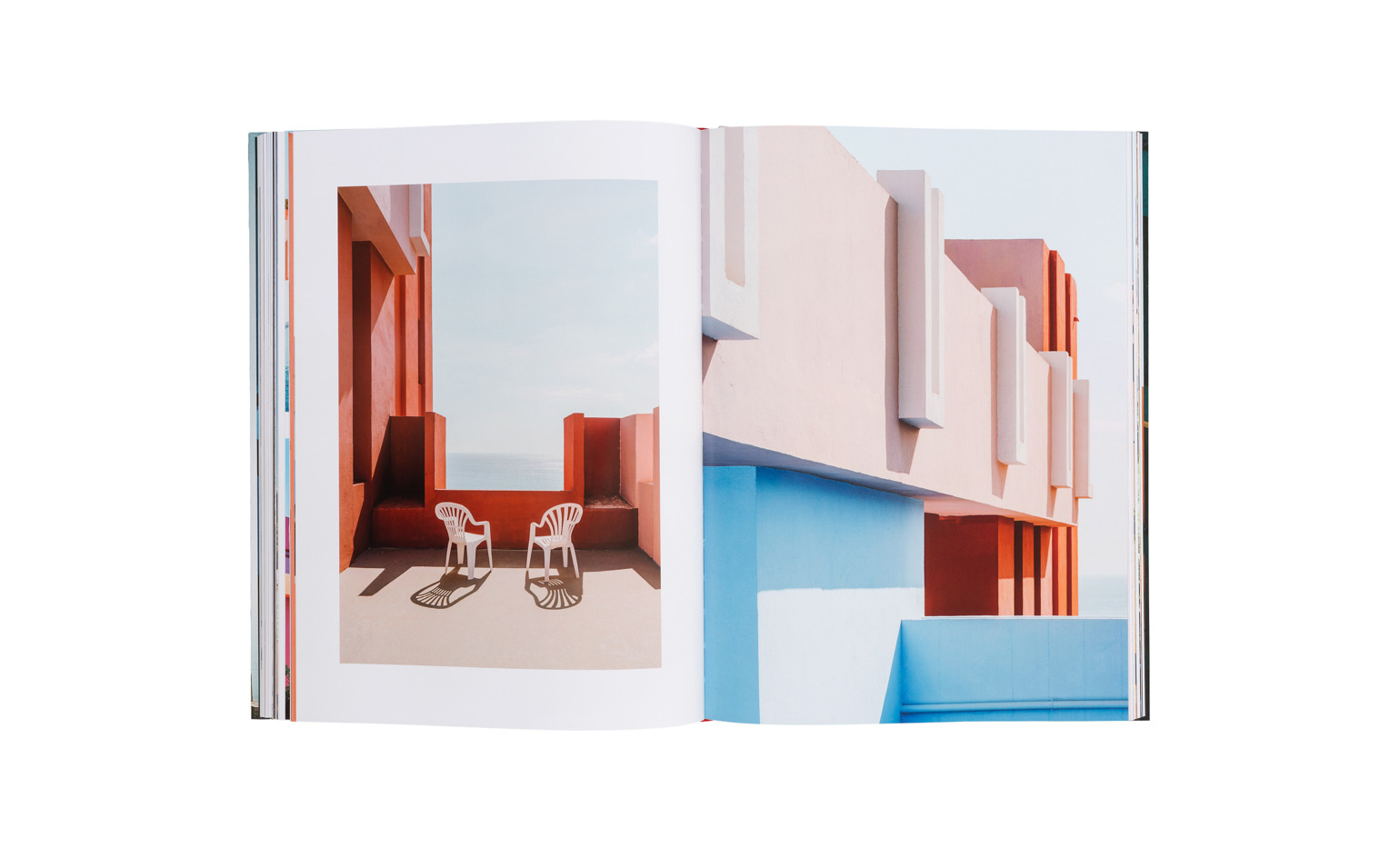
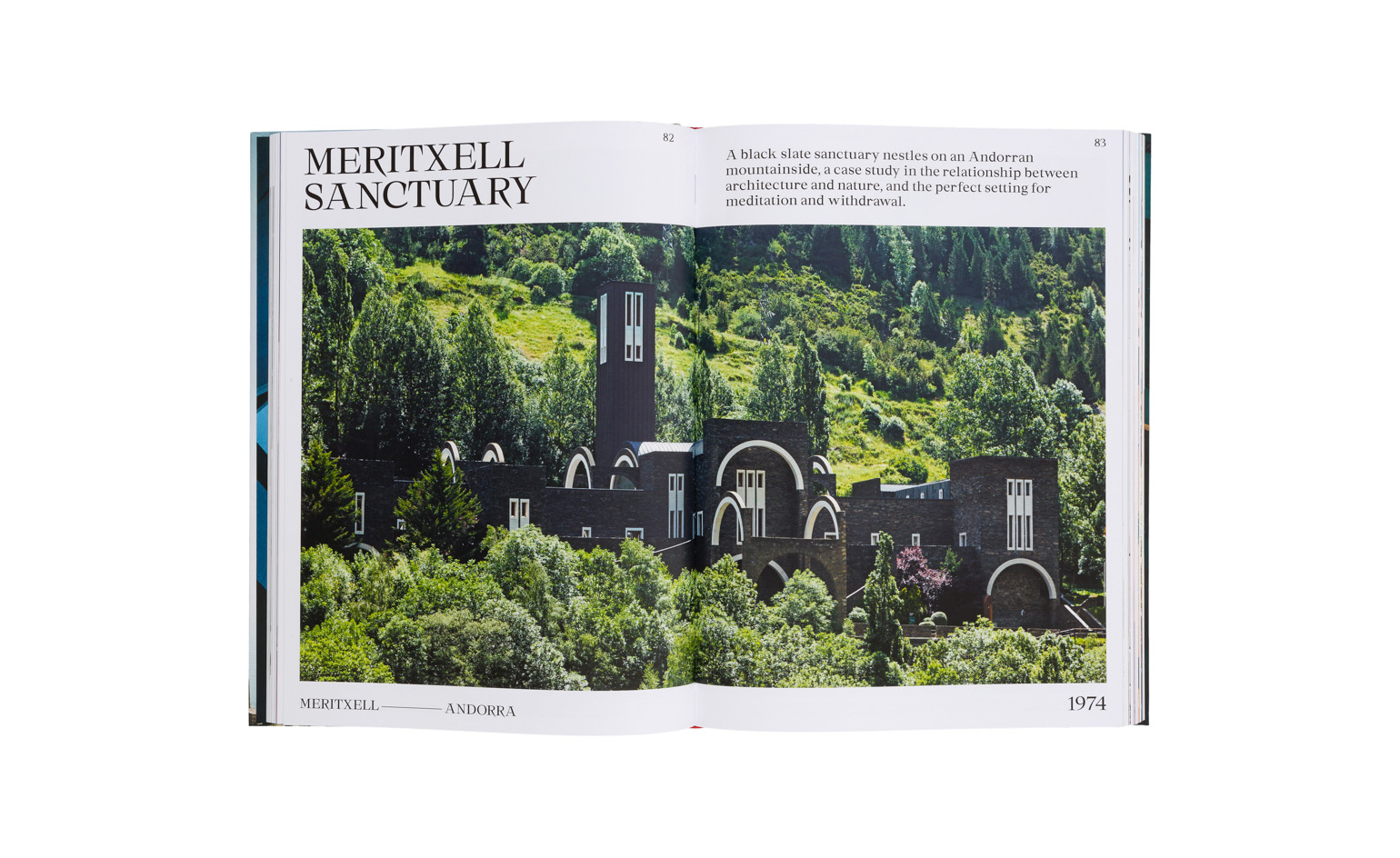
INFORMATION
Ricardo Bofill: Visions of Architecture is published by Gestalten, €49.90. For more information visit the Gestalten website
Wallpaper* Newsletter
Receive our daily digest of inspiration, escapism and design stories from around the world direct to your inbox.
Jonathan Bell has written for Wallpaper* magazine since 1999, covering everything from architecture and transport design to books, tech and graphic design. He is now the magazine’s Transport and Technology Editor. Jonathan has written and edited 15 books, including Concept Car Design, 21st Century House, and The New Modern House. He is also the host of Wallpaper’s first podcast.
-
 All-In is the Paris-based label making full-force fashion for main character dressing
All-In is the Paris-based label making full-force fashion for main character dressingPart of our monthly Uprising series, Wallpaper* meets Benjamin Barron and Bror August Vestbø of All-In, the LVMH Prize-nominated label which bases its collections on a riotous cast of characters – real and imagined
By Orla Brennan
-
 Maserati joins forces with Giorgetti for a turbo-charged relationship
Maserati joins forces with Giorgetti for a turbo-charged relationshipAnnouncing their marriage during Milan Design Week, the brands unveiled a collection, a car and a long term commitment
By Hugo Macdonald
-
 Through an innovative new training program, Poltrona Frau aims to safeguard Italian craft
Through an innovative new training program, Poltrona Frau aims to safeguard Italian craftThe heritage furniture manufacturer is training a new generation of leather artisans
By Cristina Kiran Piotti
-
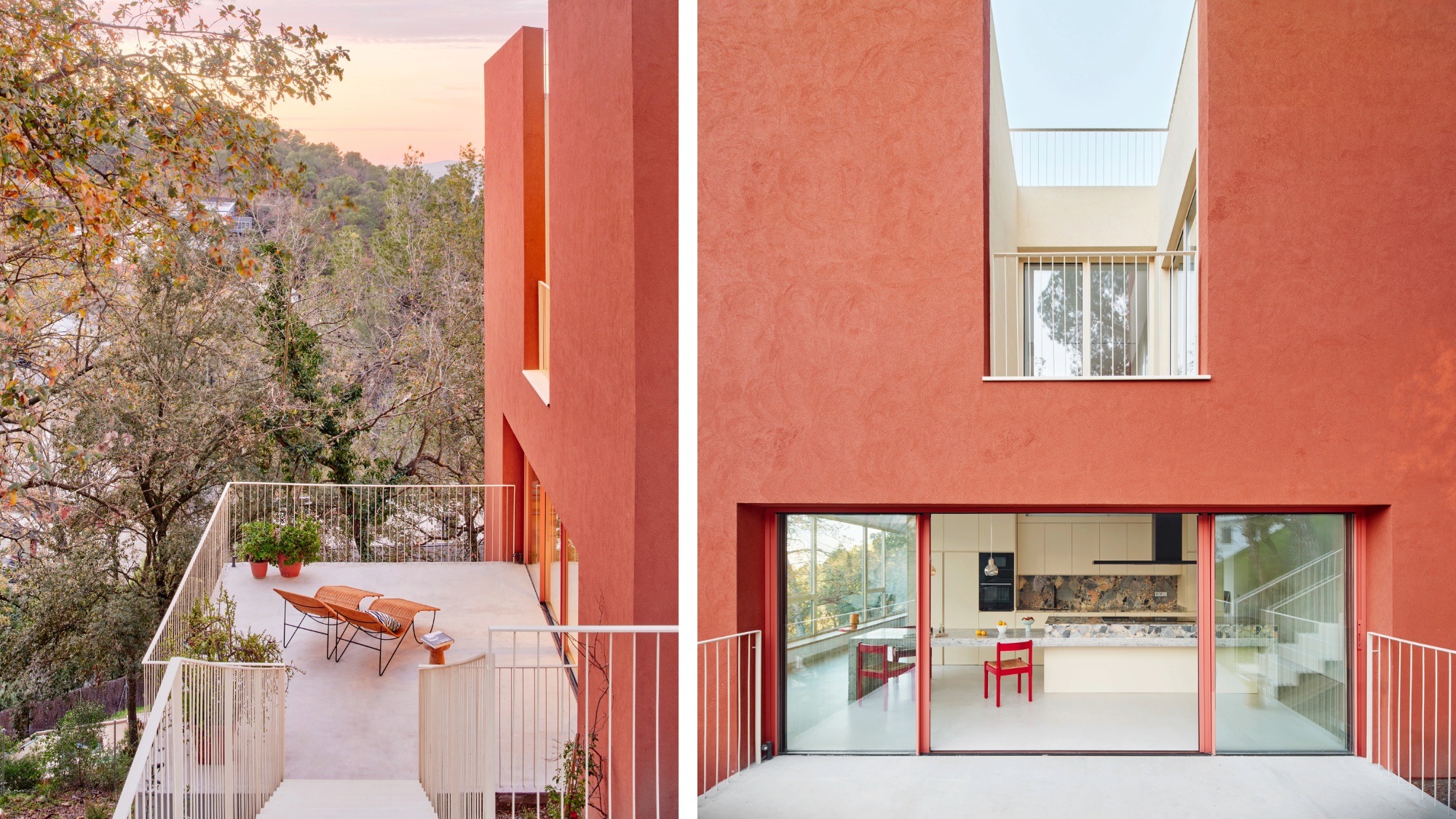 This striking Spanish house makes the most of a tricky plot in a good area
This striking Spanish house makes the most of a tricky plot in a good areaA Spanish house perched on a steep slope in the leafy suburbs of Barcelona, Raúl Sánchez Architects’ Casa Magarola features colourful details, vintage designs and hidden balconies
By Léa Teuscher
-
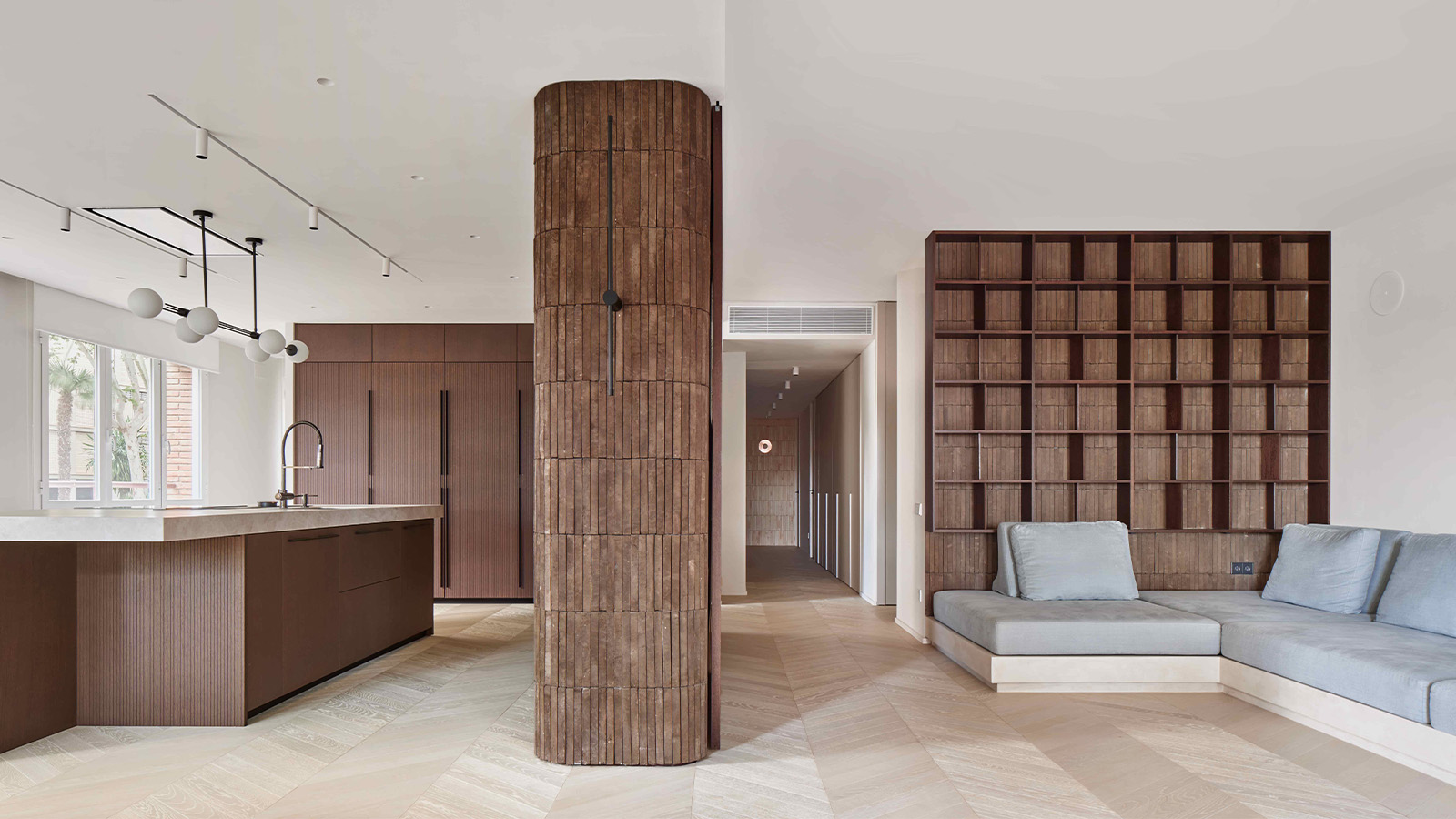 This brutalist apartment in Barcelona is surprisingly soft and gentle
This brutalist apartment in Barcelona is surprisingly soft and gentleThe renovated brutalist apartment by Cometa Architects is a raw yet gentle gem in the heart of the city
By Tianna Williams
-
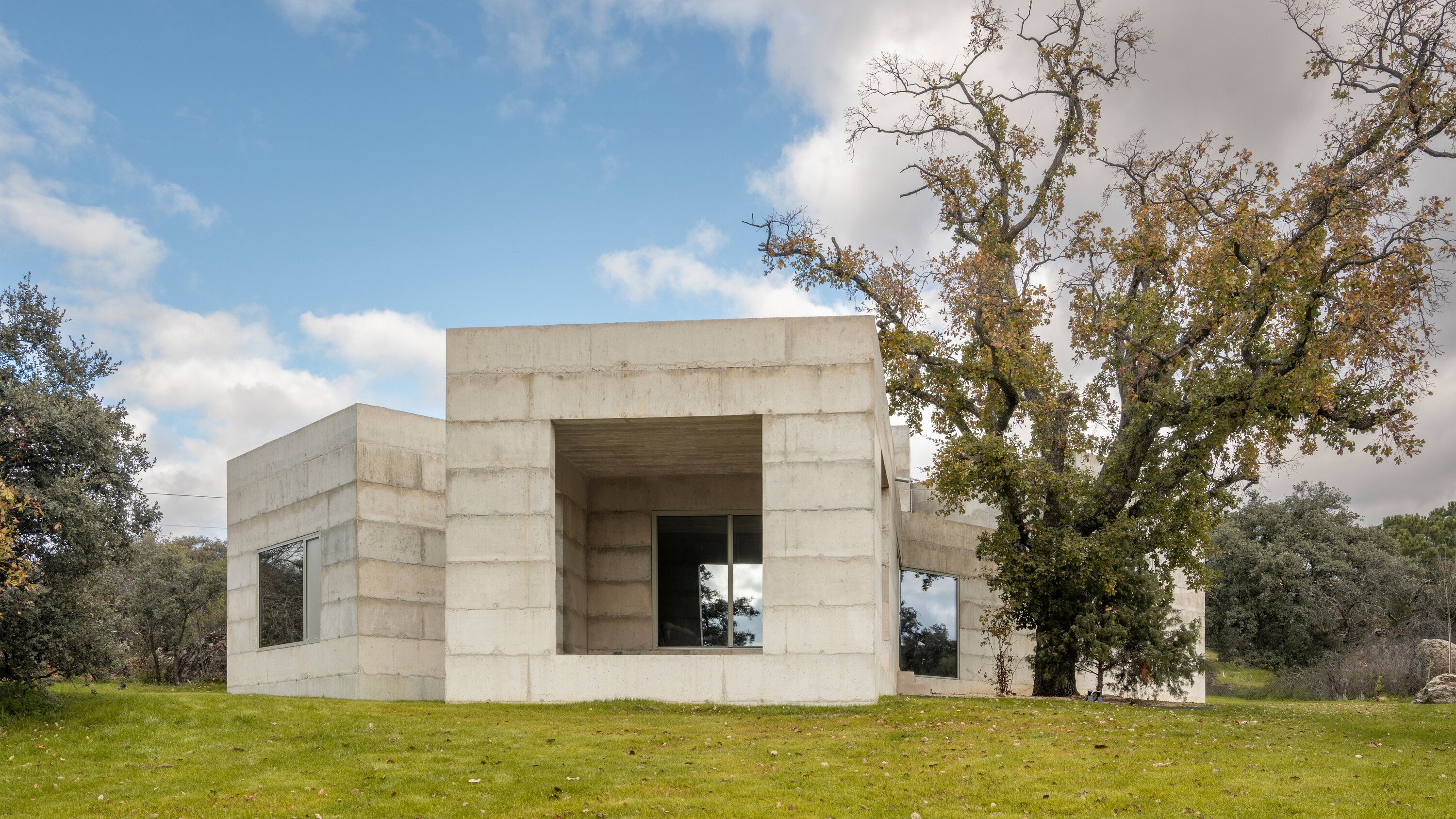 A brutalist house in Spain embraces its wild and tangled plot
A brutalist house in Spain embraces its wild and tangled plotHouse X is a formidable, brutalist house structure on a semi-rural plot in central Spain, shaped by Bojaus Arquitectura to reflect the robust flora and geology of the local landscape
By Jonathan Bell
-
 Ten contemporary homes that are pushing the boundaries of architecture
Ten contemporary homes that are pushing the boundaries of architectureA new book detailing 59 visually intriguing and technologically impressive contemporary houses shines a light on how architecture is evolving
By Anna Solomon
-
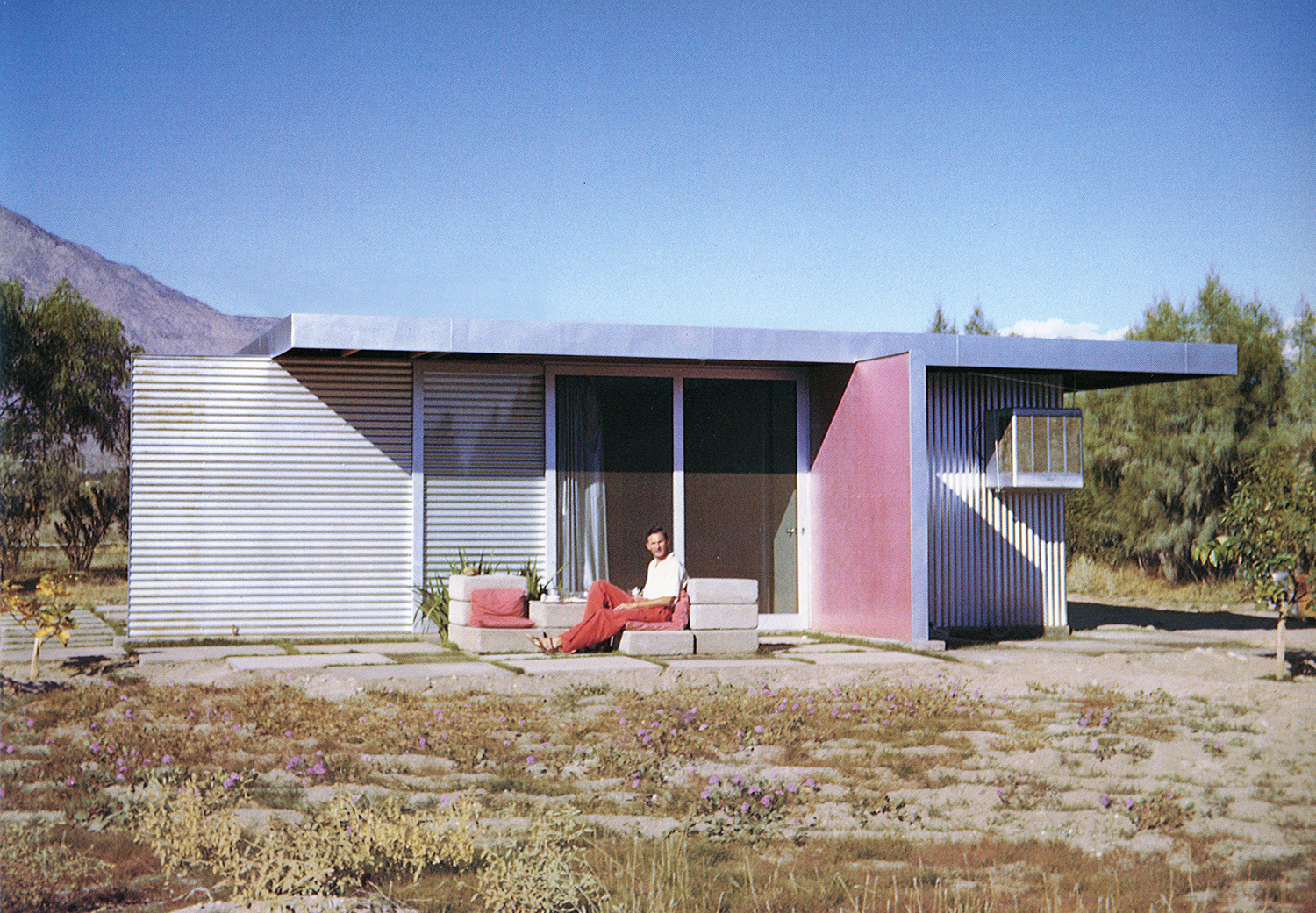 Take a deep dive into The Palm Springs School ahead of the region’s Modernism Week
Take a deep dive into The Palm Springs School ahead of the region’s Modernism WeekNew book ‘The Palm Springs School: Desert Modernism 1934-1975’ is the ultimate guide to exploring the midcentury gems of California, during Palm Springs Modernism Week 2025 and beyond
By Ellie Stathaki
-
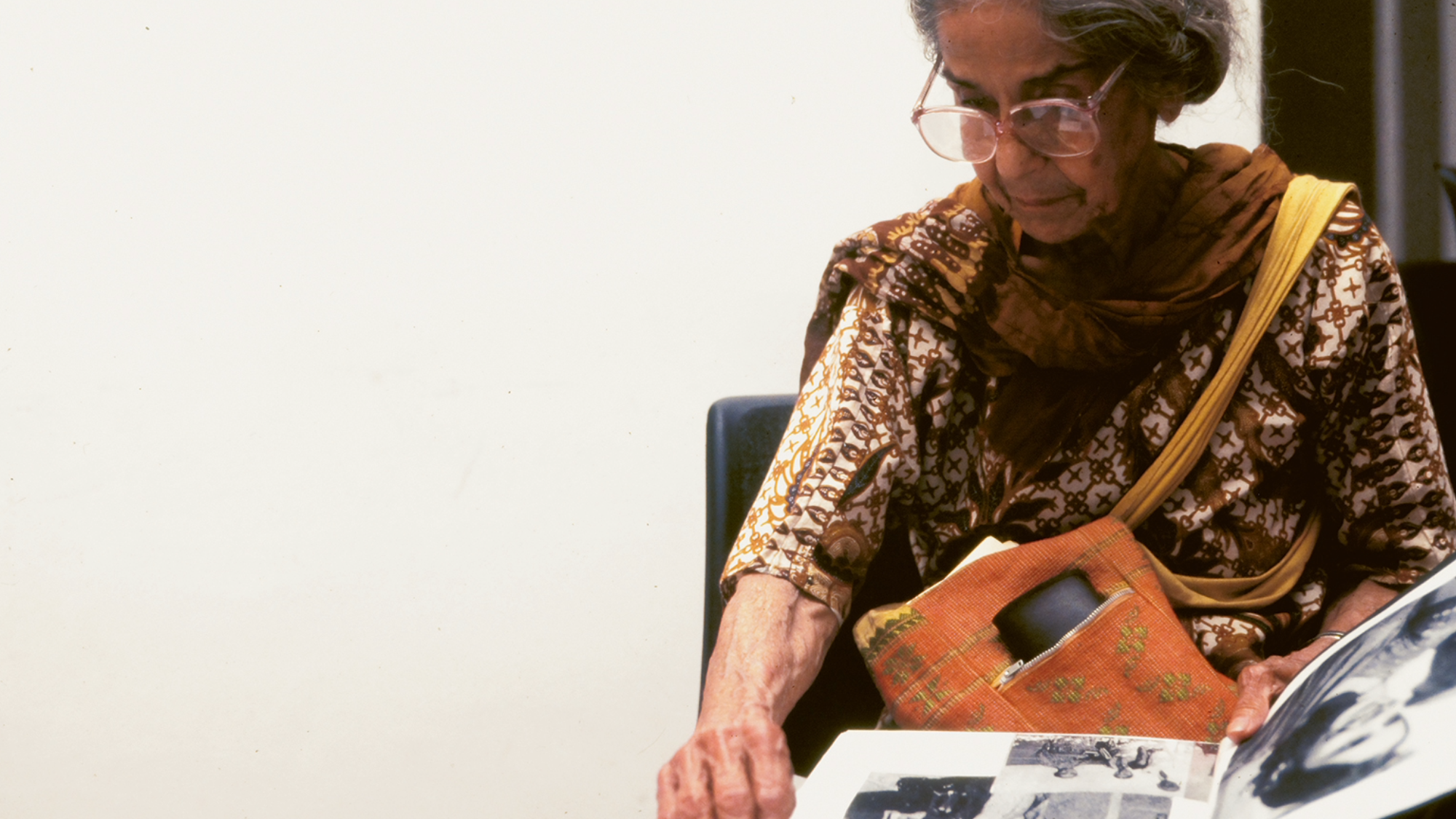 Meet Minnette de Silva, the trailblazing Sri Lankan modernist architect
Meet Minnette de Silva, the trailblazing Sri Lankan modernist architectSri Lankan architect Minnette de Silva is celebrated in a new book by author Anooradha Iyer Siddiq, who looks into the modernist's work at the intersection of ecology, heritage and craftsmanship
By Léa Teuscher
-
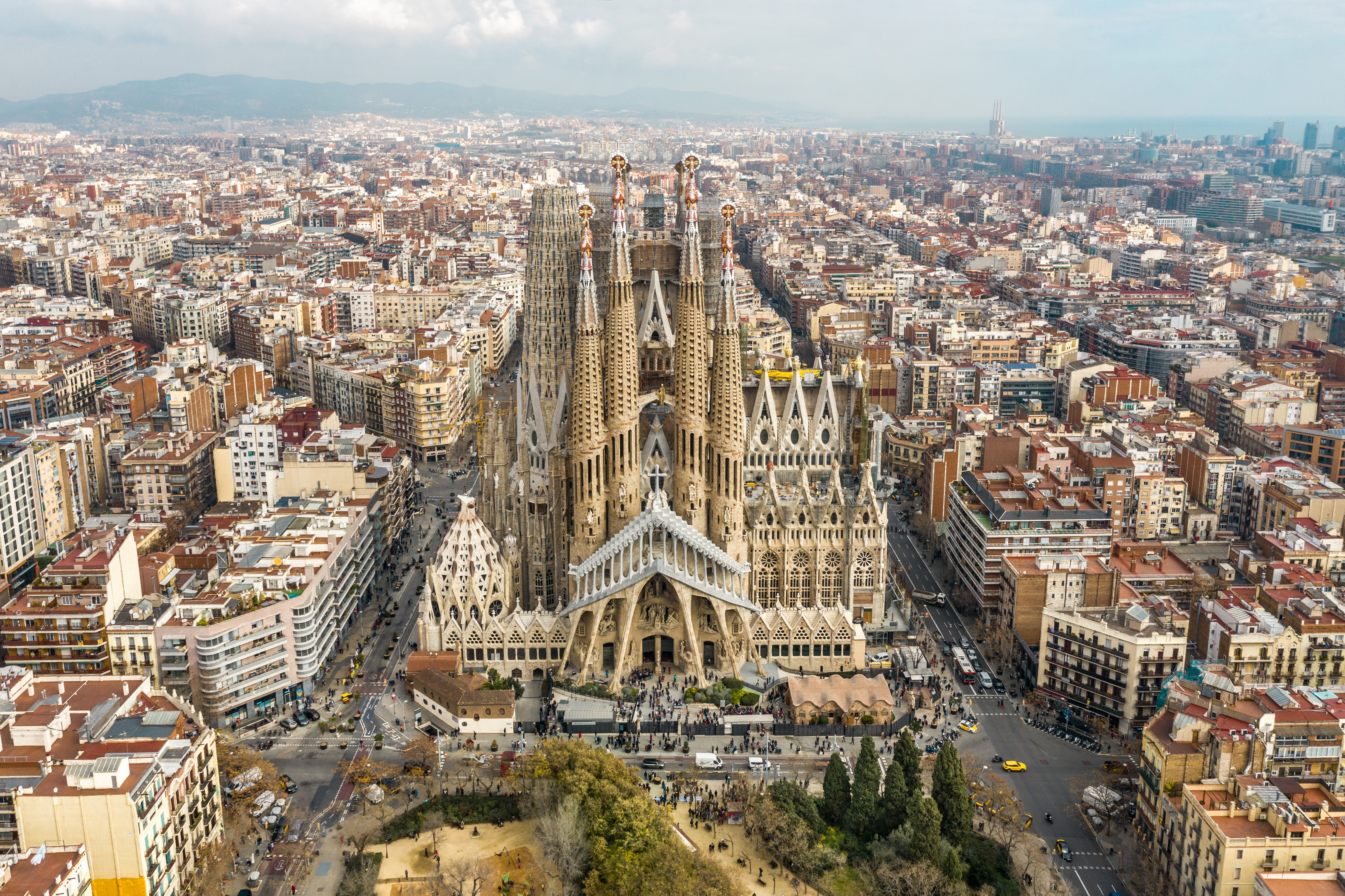 Antoni Gaudí: a guide to the architect’s magical world
Antoni Gaudí: a guide to the architect’s magical worldCatalan creative Antoni Gaudí has been a unique figure in global architectural history; we delve into the magical world of his mesmerising creations
By Ellie Stathaki
-
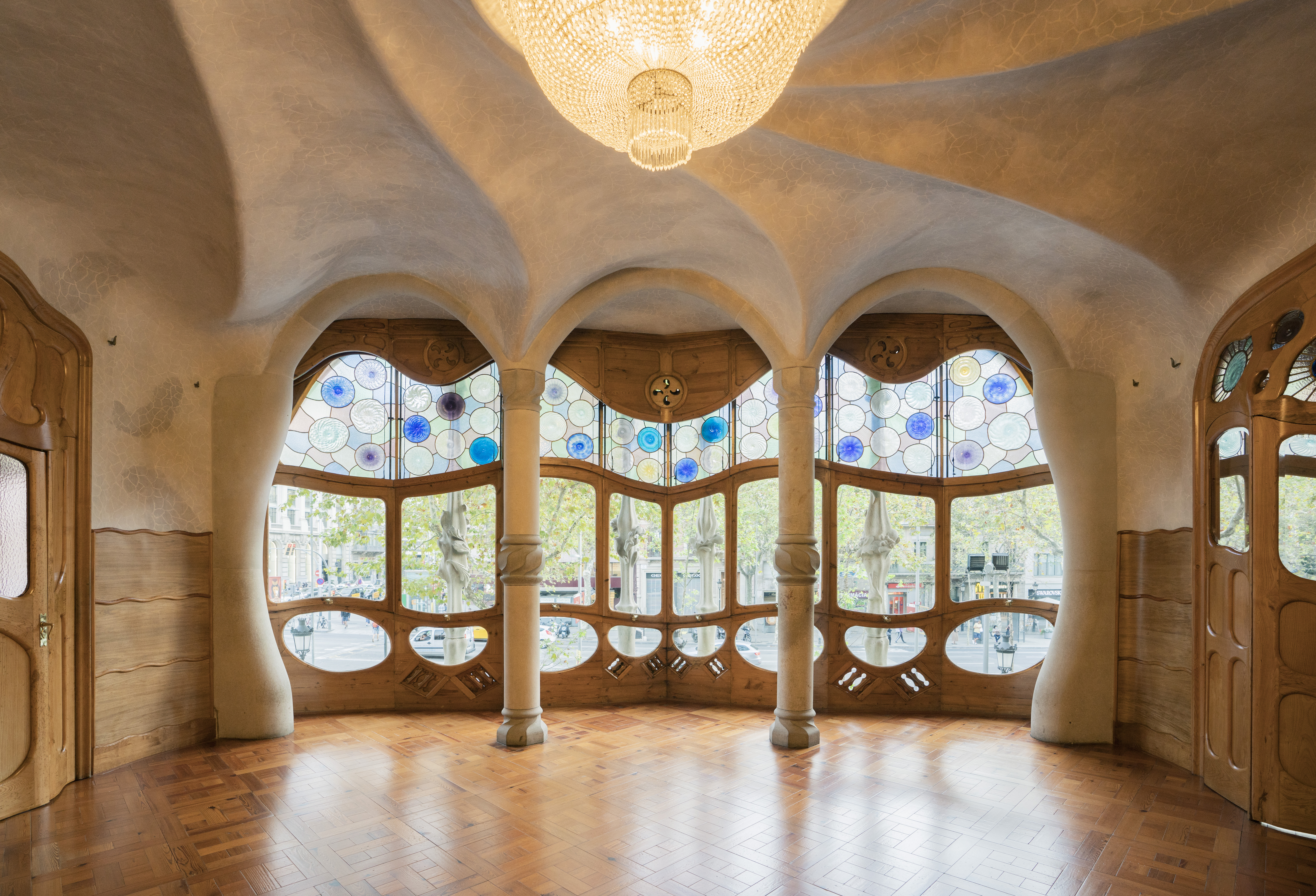 The case of Casa Batlló: inside Antoni Gaudí’s ‘happiest’ work
The case of Casa Batlló: inside Antoni Gaudí’s ‘happiest’ workCasa Batlló by Catalan master architect Antoni Gaudí has just got a refresh; we find out more
By Ellie Stathaki